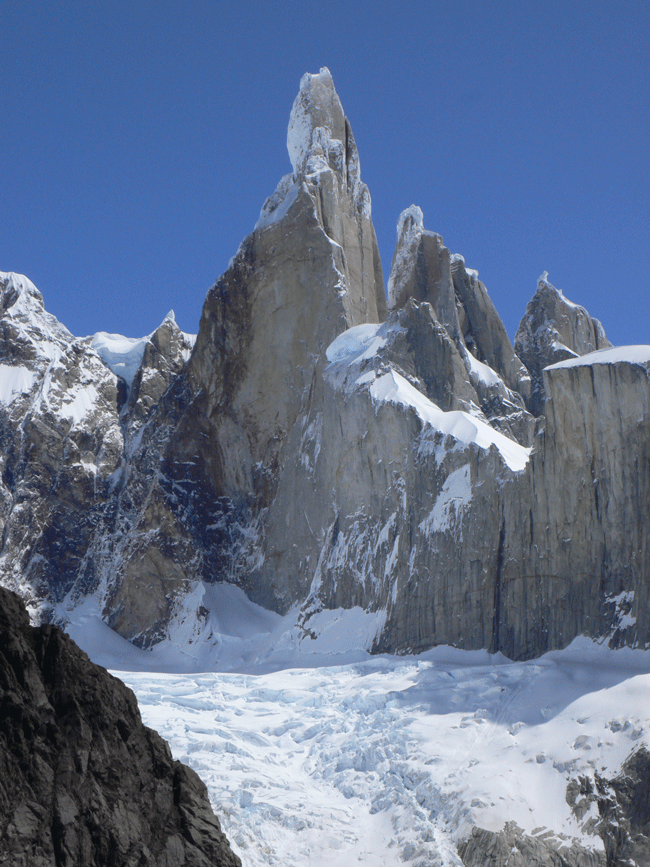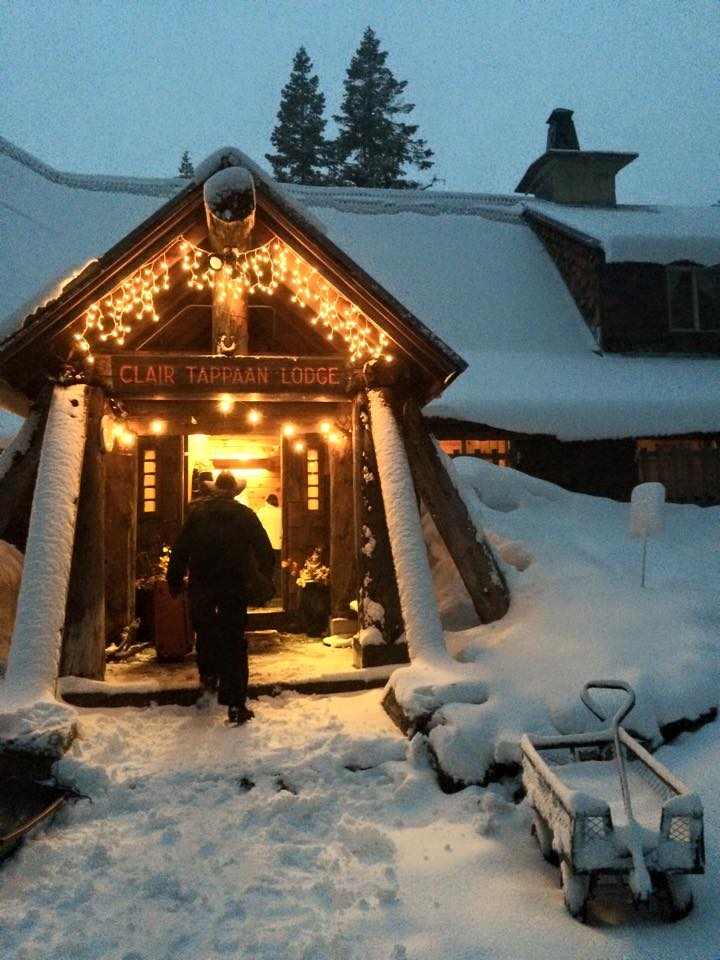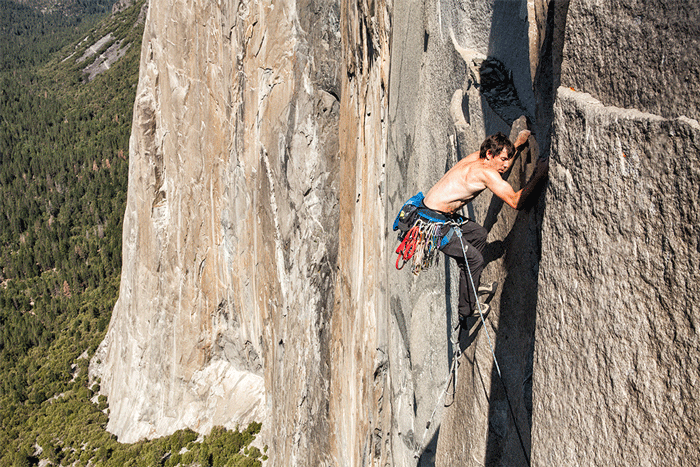Through the decades, Ecology Action has shown that meaningful change is possible
By Charong Chow
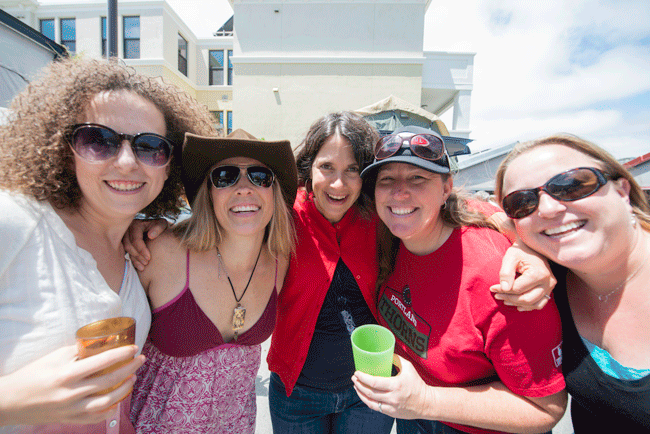
A typical weekday morning at the Ecology Action office in downtown Santa Cruz, California begins with the arrival of a swarm of incoming bicycle commuters, a few carpooling motorists plugging in their electric vehicles, and a few others arriving from a morning surf session a short walk away from one of the city’s best surf breaks. Once inside the organization’s LEED Gold-certified office building, workers plug in their laptops, settle down their dogs and turn their conversation to issues ranging from climate change politics to the best local mountain biking trails.
The scene is a far cry from that of the organization’s first office, located along a residential street in Berkeley in the turbulent late 1960s, and the strategies the organization uses to promote environmental sustainability have changed—operating a grassroots recycling center then; innovative, large-scale energy efficiency programs now. But what hasn’t changed over the last 45 years is Ecology Action’s commitment to using smart strategies that empower individuals and businesses to become more environmentally responsible—and, in the process, change the world.
Climate change and energy efficiency, central Ecology Action priorities today, weren’t foremost on the minds of environmental activists in the late 1960s. Choking air pollution that made outdoor activities difficult, dangerous or even impossible; growing piles of litter and waste produced by an increasingly “throw away” culture; and the filling of San Francisco Bay and reckless shoreline development were the problems that captured the attention of that decade’s burgeoning environmental movement.
Many environmental activists in the Bay Area found their way to a house on Benvenue Avenue in Berkeley, which served as the headquarters for the first Ecology Action office, as well as the home of the organization’s founder, Cliff Humphrey, his wife and young child. Part communal living quarters, part office space, the headquarters became an experiment in the then-alternative lifestyle of sustainable living. Cliff became the “Johnny Appleseed” of the environmental movement in California, inspiring new Ecology Action offices in Modesto, Palo Alto, Santa Cruz and other cities.
The new Santa Cruz office took off especially quickly. Fueled by the city’s legendary environmental activism and progressive politics, Ecology Action’s Santa Cruz affiliate established a popular all-volunteer recycling center for bottles and cans—a rarity at the time—originally located behind Bookshop Santa Cruz on Pacific Avenue.
At the first Santa Cruz Earth Day celebration in 1970 on the Pacific Garden Mall (now Pacific Avenue), a young environmentalist by the name of Burl Moss came across the Ecology Action booth and was intrigued by a sign that read, “Ask how you can help”—an unofficial Ecology Action tagline that was written by Cliff himself. Burl accepted the challenge, asked how he could help, and thereby began a legacy of leadership that lasted more than a decade.
As Ecology Action’s first Executive Director, Burl quickly organized a roster of committed volunteers and established official hours of operation at the Santa Cruz recycling center to discourage indiscriminate drop-offs. Under his leadership, Ecology Action spread the word about recycling throughout the community, distributing educational materials to the public and cultivating a good working relationship with local media.
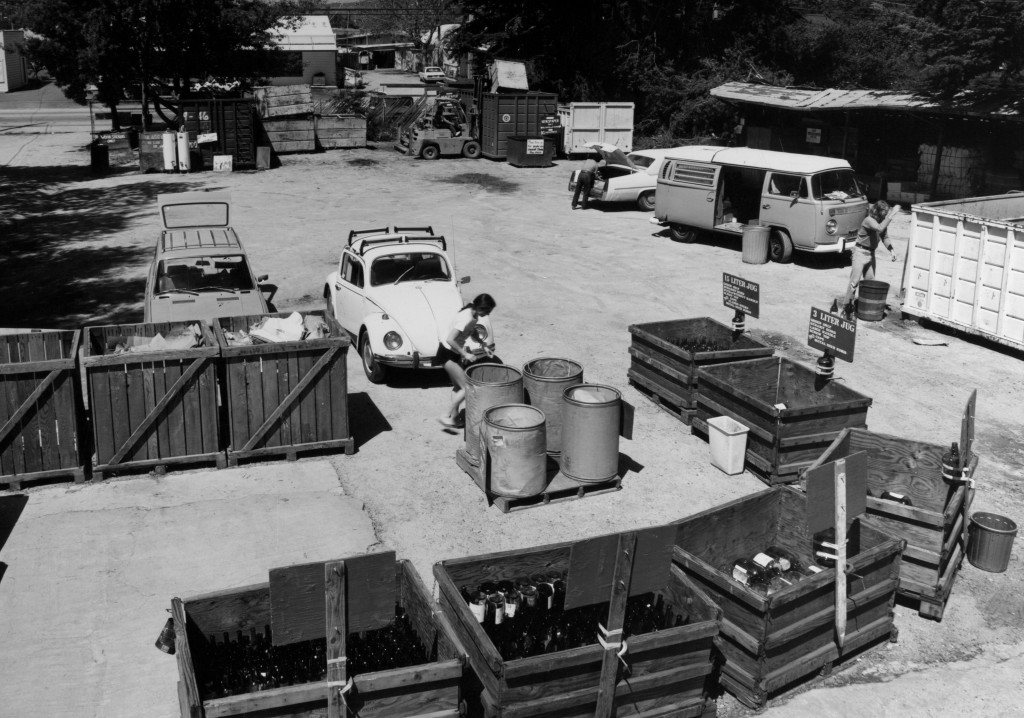
The public responded, bringing in cans and bottles for recycling in large numbers, and by the summer of 1971, Ecology Action had outgrown its original space and moved to a larger location on Commercial Way. Dozens of fiber barrels, made out of heavy paperboard, held various recyclable items saved from the trash heap, including newspapers, glass jars and cans. An army of 50 or so volunteers worked three-hour shifts to keep the recycling center going, accepting recyclables six days a week.
In the early 1980s, however, thanks in part to Ecology Action’s drafting of critical legislation that inspired a county-led curbside recycling program, the need for the organization’s recycling center waned. Ecology Action refocused its efforts on making curbside recycling mainstream—producing booklets and monthly newsletters that educated the public about recycling—and helping to win measures such as a voluntary city zero-waste ordinance that banned all restaurant Styrofoam and encouraged the use of “reusable, recyclable, or biodegradable” food packaging in Santa Cruz County. Ecology Action was quickly becoming recognized as the “go-to” partner in the area for driving real change behavior that supports environmental sustainability.
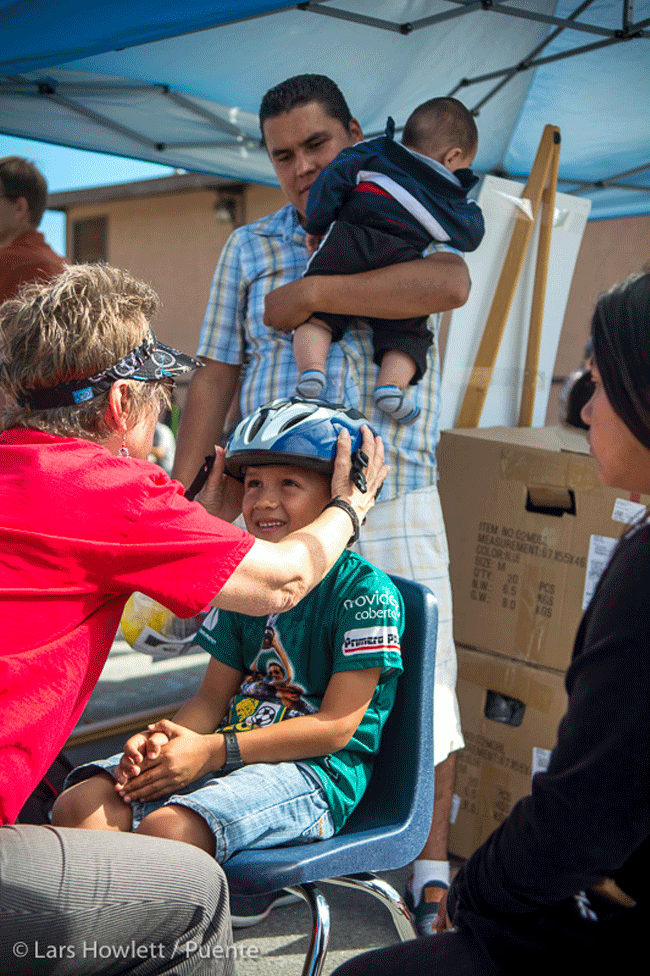
In 1987, Ecology Action expanded its work to include sustainable transportation, taking part as a title sponsor of Santa Cruz’s first Bike to Work Day. Much like recycling two decades earlier, biking to work was a fun, community-building activity in which anyone could participate—even as they saved energy, got fit and reduced their greenhouse gas emissions. Bike to Work became the organization’s inaugural bike program and would pave the way for the creation of Ecology Action’s Transportation Division, which today puts on electric vehicle workshops, runs “Safe Routes to School” programs that encourage kids to walk and bike safely to school, and provides services that help employers provide alternative modes of transportation to their employees.
Fast forward to the 1990s: Ecology Action, led by new Executive Director Virginia Johnson, had expanded to include programs for water quality, commercial oil collection and recycling, pesticide use reduction, and even a non-toxic technical assistance program for the dry cleaning industry.
In the early 2000s, another opportunity presented itself for Ecology Action to strike out in a new direction—one that would come to define the organization’s focus for the next decade and beyond.
California’s 2000-01 electricity crisis—which brought rolling brown-outs, rate hikes and utility bankruptcies—impressed on state leaders the need to act swiftly to reduce energy consumption and reliance on fossil fuels. The California Public Utilities Commission (CPUC) moved to open the door for third-party organizations to bid for the right to administer energy efficiency programs for California utilities. In response, Ecology Action’s Mahlon Aldridge developed a proposal for the organization to run a new energy efficiency program, named RightLights, to help small and medium-sized businesses in the Central Coast area cut their energy costs by installing energy efficient lighting.
“Energy was at a crucial intersection of national security, environmentalism and economics,” recalled Mahlon. “Based on our experience assisting hundreds of businesses in the region with solid and hazardous waste reduction programs, we made the case to the CPUC to fund us to build a small business energy efficiency program.”
Ecology Action’s proposal was accepted in 2002, and within a year, the program had served 611 customers, saving businesses over 9 million kWh of electricity and over $1 million on their energy bills. Still in operation today, the RightLights program now covers the Central Coast, the San Francisco Peninsula and the South Bay areas.

The organization’s growing expertise and reputation as a leader in energy efficiency program design led to new opportunities. Leveraging its successful formula, Ecology Action created energy efficiency programs for hotels in 2006 and casinos in 2010 through the LodgingSavers and CasinoGreen programs with longtime partner PG&E. Today, Ecology Action operates energy efficiency programs for The City of Palo Alto Utilities, the Sacramento Municipal Utilities District, US Department of Energy, Silicon Valley Energy Watch, San Mateo County Energy Watch and the Association of Monterey Bay Area Governments Energy Watch. After starting as an experimental way to broaden its environmental impact, Ecology Action’s energy efficiency programs have grown to help over 14,000 California businesses reduce their climate impact and have earned national recognition as best in class programs.
Today, Ecology Action offers program design and delivery in its three conservation focus areas of energy, water and transportation, with results that continue to impress. Since Ecology Action entered the energy conservation movement in 2002, the organization has been responsible for saving 413 million kWh of electricity—enough to power 64,000 California homes for a year—along with 208 million gallons of water and 108,000 metric tons of CO2, the equivalent of taking 21,000 cars off the road for a year.
The organization’s efforts have not gone unrecognized. Along with numerous industry achievement awards, Ecology Action is the first two-time recipient of the prestigious Governor’s Environmental and Economic Leadership Award (2004 & 2013) for innovative program design.
So what has given Ecology Action staying power, when many other well-intentioned nonprofits have failed? Jim Murphy, Ecology Action’s current CEO, explains, “We really feel that our innovation is in our ability to inspire people to act now. The technology that exists today is cost-effective and readily available. We don’t need to wait for better technology, we need to accelerate adoption.”
The stacks of newspapers and barrels of recyclables are long gone and the workplace looks much different, but one thing hasn’t changed over time: every person who works at Ecology Action is still passionate about finding ways to make a positive difference in the world. Through 45 years and many changes, Ecology Action has never lost sight of its mission to educate, inspire and empower individuals and businesses to take concrete steps to save the planet—one act at a time.
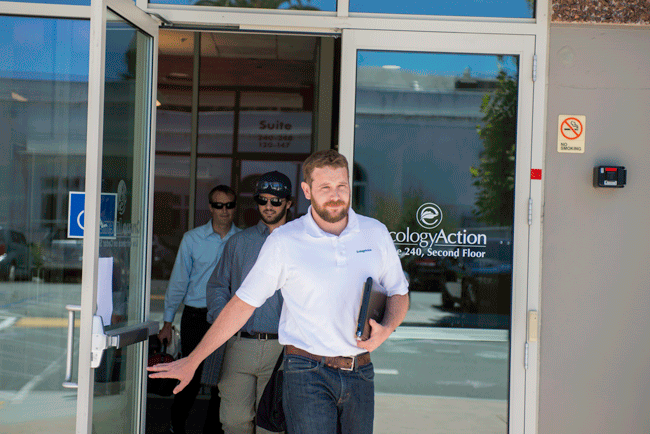
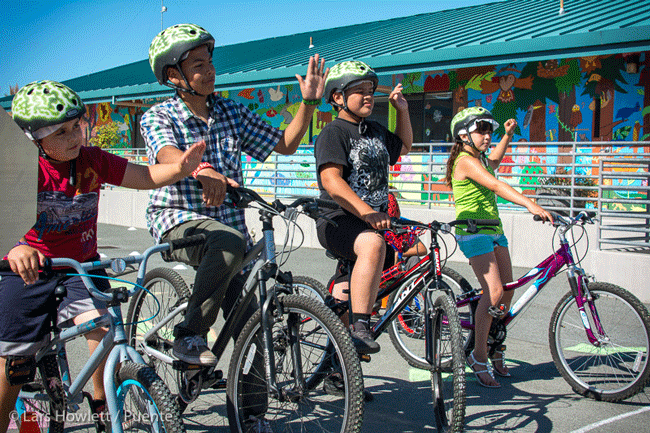

 About ASJ’s EPiC program | Doing great work in California? We want to help you reach your highest potential!
About ASJ’s EPiC program | Doing great work in California? We want to help you reach your highest potential!
The EPiC program is ASJ’s way to spotlight the exemplary work of some of California’s non-profits that are dedicated to promoting stewardship and access for the adventure sports community throughout California.
Our mission is to provide inspiring coverage of California’s epic terrain, and to help the outdoor sports community preserve and maintain access for future generations.
We encourage outdoor non-profit organizations based in California to contact us for the chance to be featured in our publication and receive FREE display and web advertising space.
For more information, email asjstaff@adventuresportsjournal.com.










